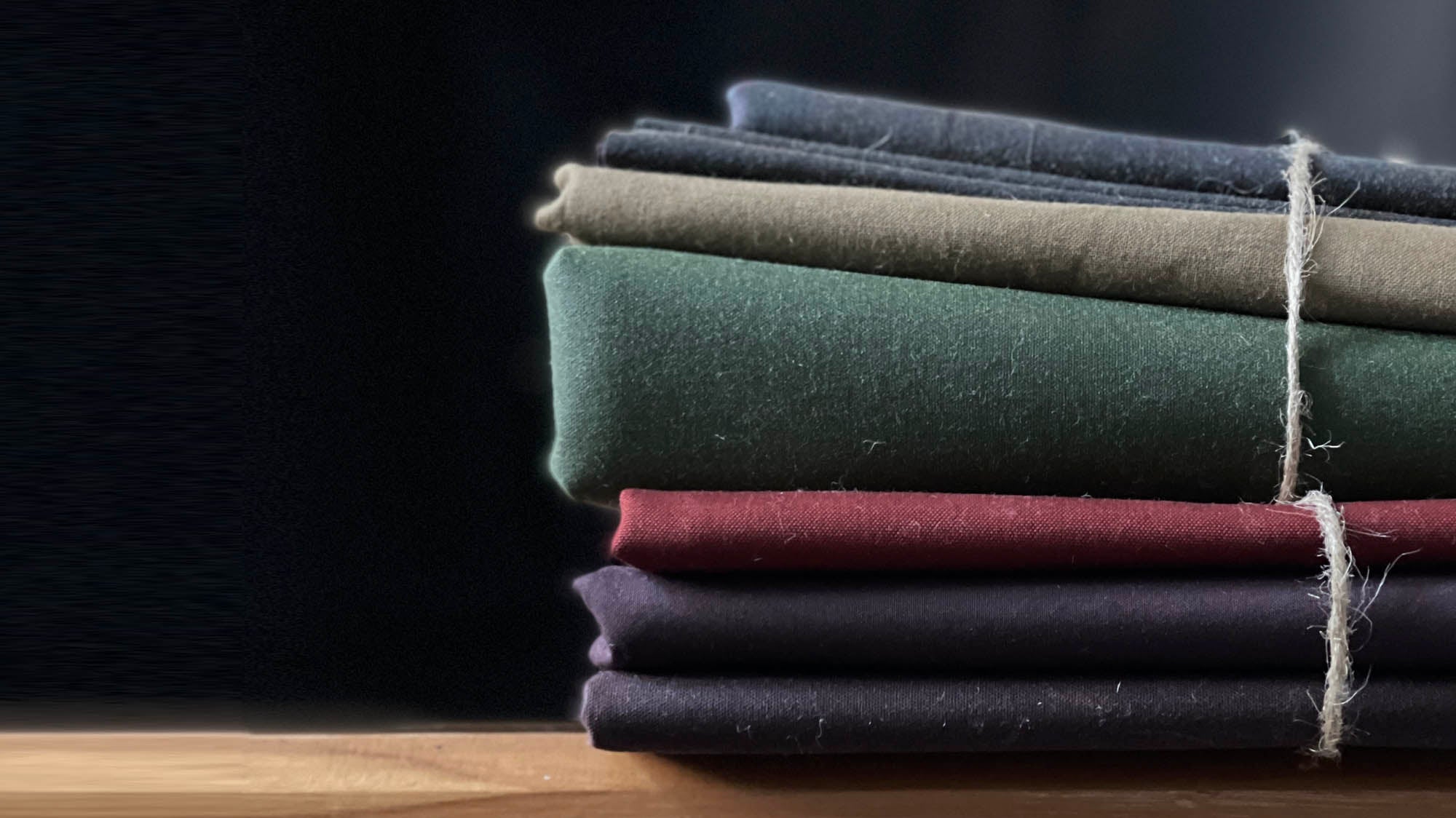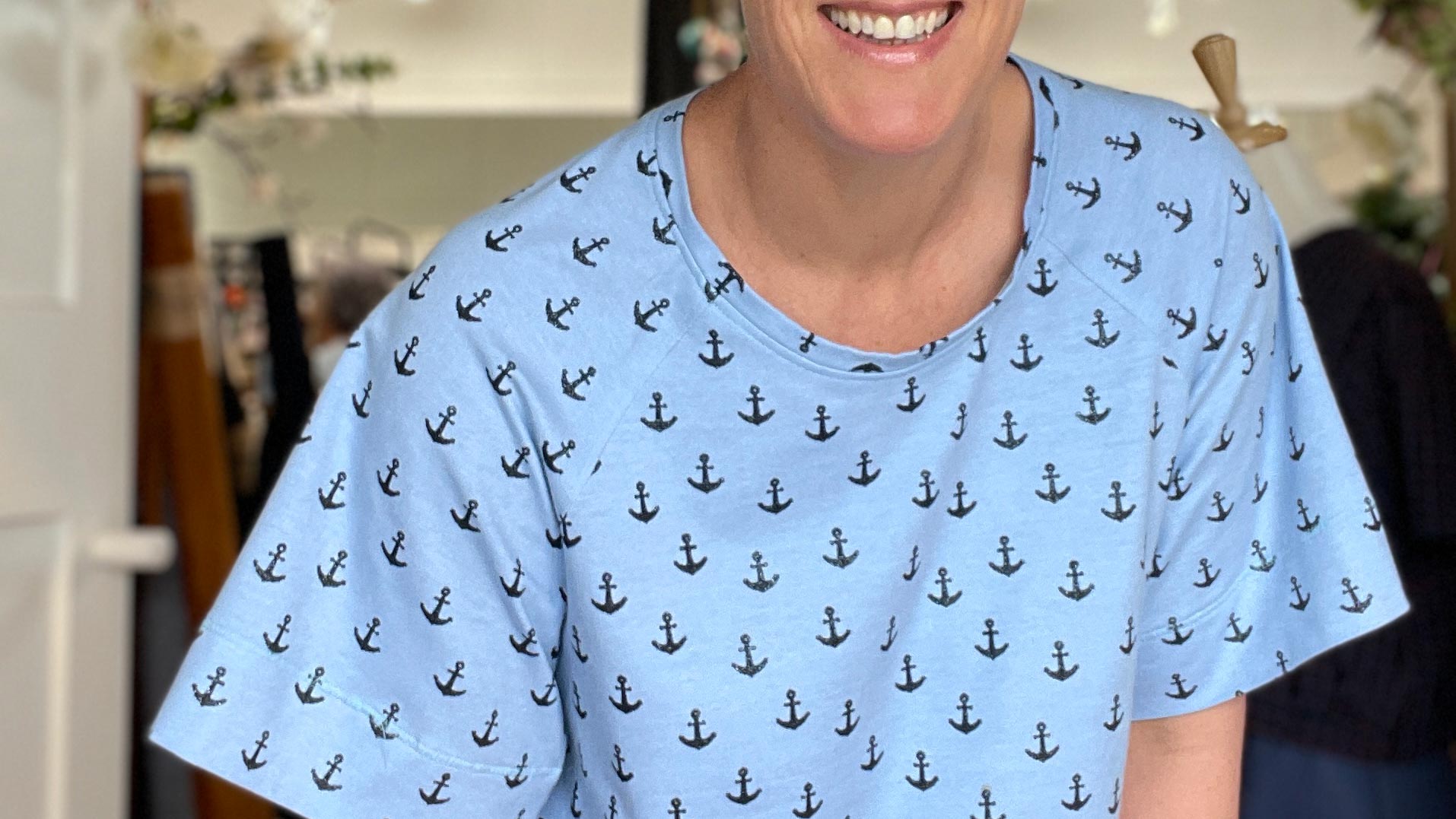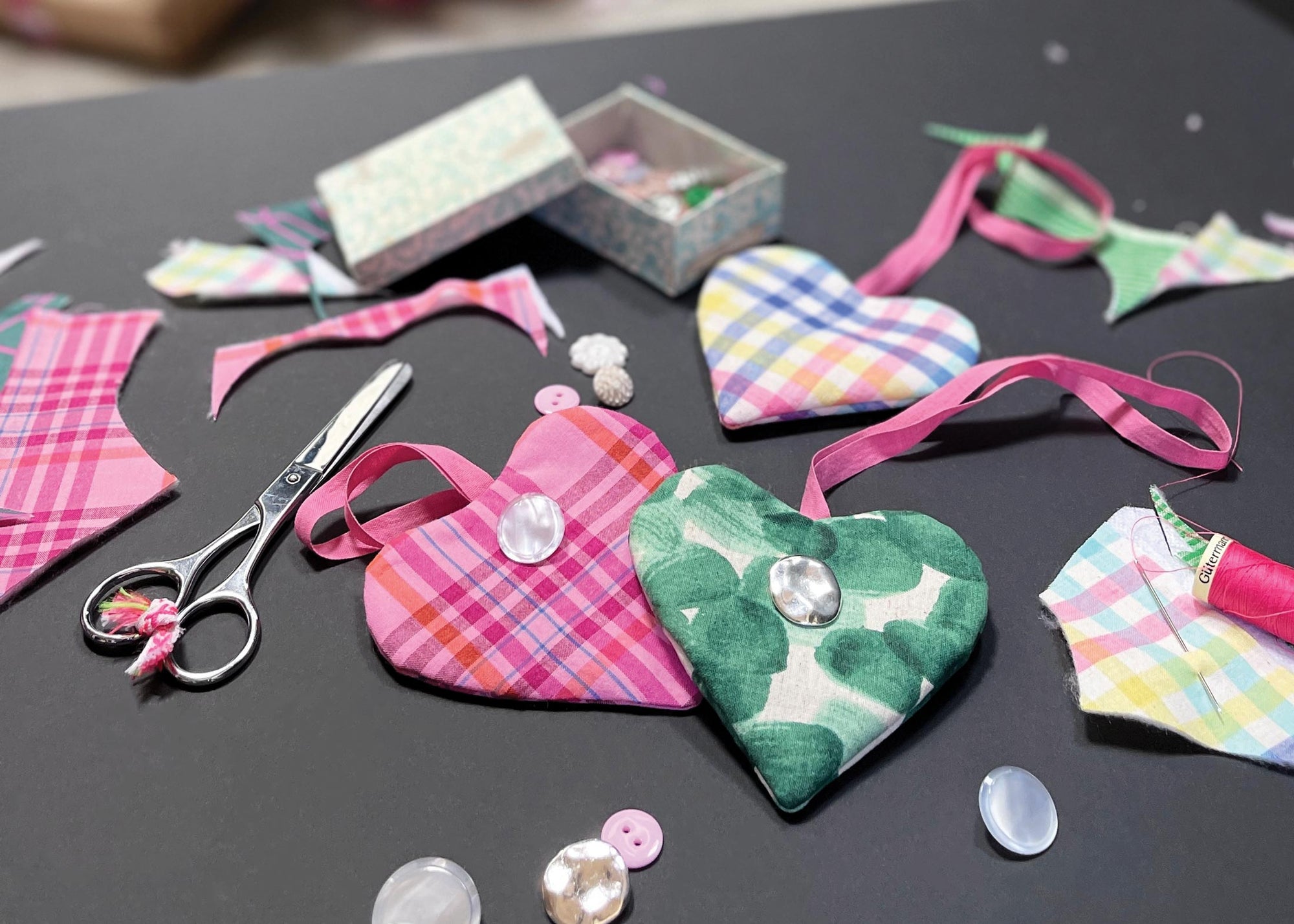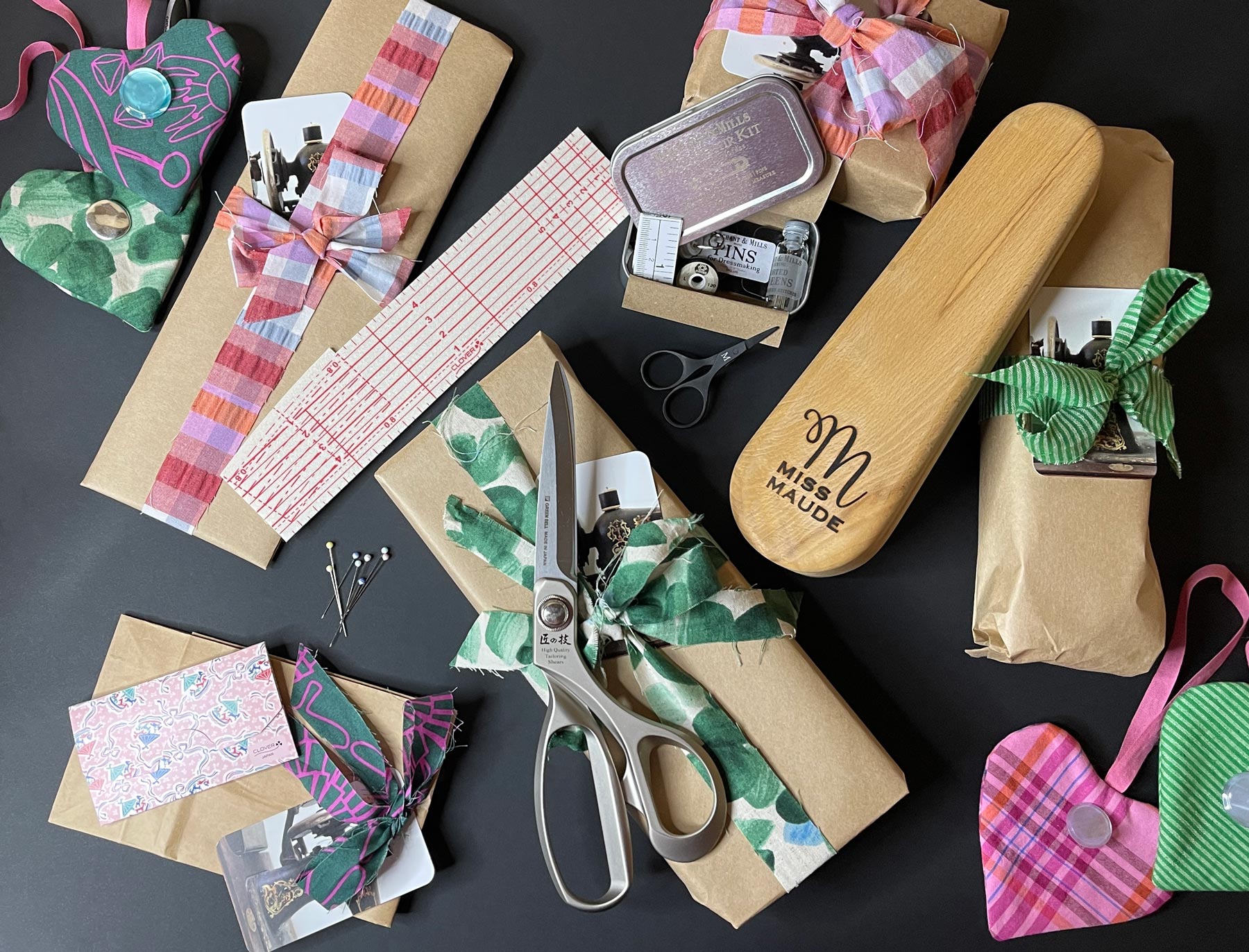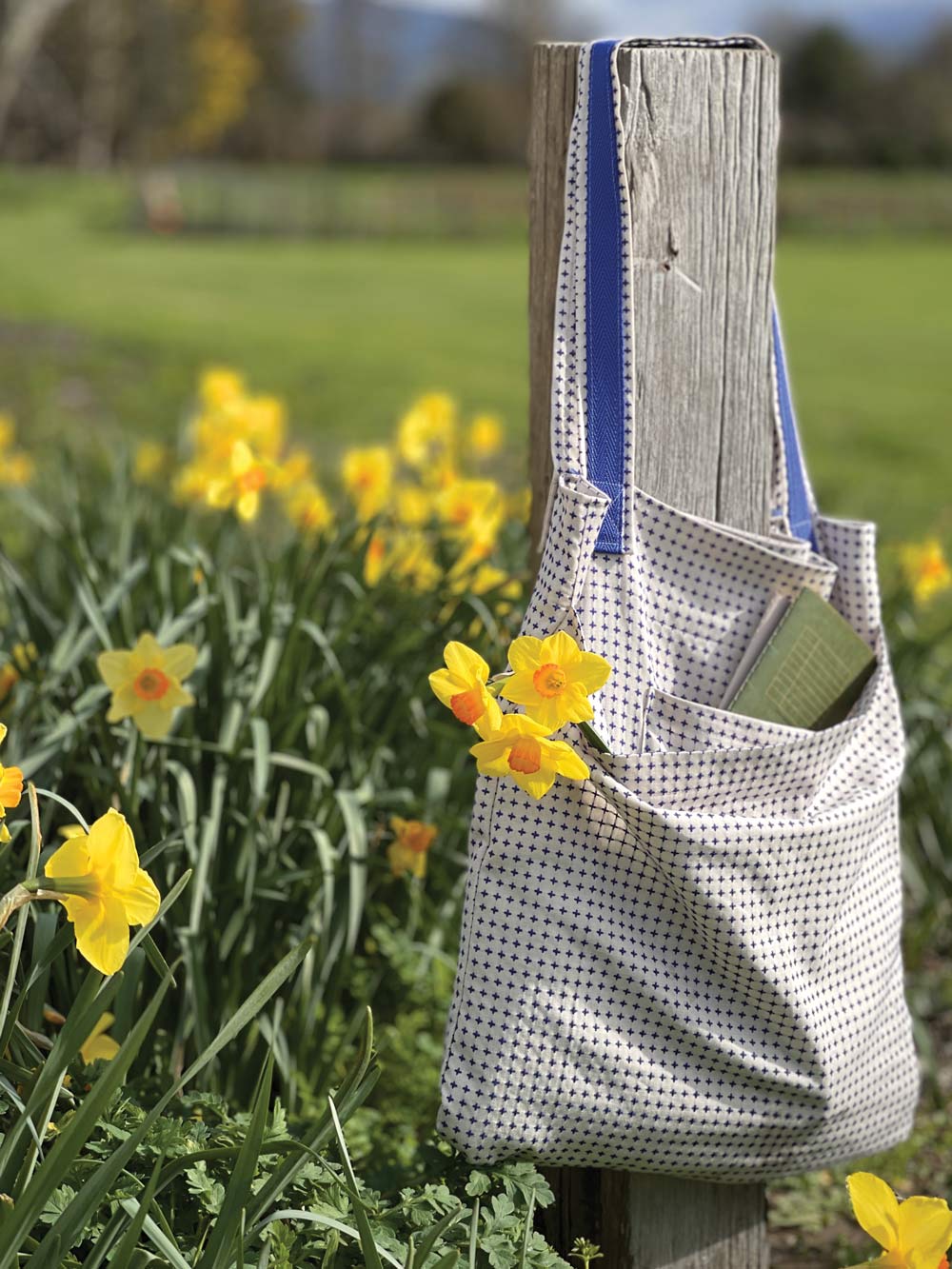Oilskin fabric often raises many questions. Some of the most common questions that we get asked in the shop are, what is it? How is it different from oil cloth, waxed cloth and waxed canvas? What can you use it for? Will the wax transfer? How easy is it to sew with? And what can we make with it?
 Merchant and Mills Factotum Bag
Merchant and Mills Factotum Bag
Over a series of blog posts we will take you on a deep dive into Oilskin Fabric and try to answer all your questions that you may have about this unique fabric!
What is Oilskin?
Traditional Oilskin is a cotton fabric that has been saturated with a blend of oils and waxes to impregnate the fibres of the cloth. This gives it a water repellant quality.
There seems to be several claims as to who developed oilskin (similar to pavlova, its origins are unclear.) According to some stories the modern oilskin garment was developed by a New Zealander, Edward Le Roy in the late 1800’s, when he used a mixture of linseed oil and wax then painted it onto a worn out sailcloth to make a waterproof garment. What does seem to be clear is that it was developed by sailors who had a very pressing need for light waterproof clothing and this was something that oilskin provided.
Dry Oilskin is created when the cotton is treated with an emulsified wax which is then heat treated. This binds a wax-based product with water to give a non-oily finish.
Oilcloth developed in a similar manner, a close-woven cotton duck or linen was coated with boiled linseed oil. However this has changed considerably over time and the term ‘Oilcloth’ is now more commonly used to describe a fabric that has a plastic coating bonded to a cotton or synthetic fabric (for example some types of tablecloths.)
Traditionally Waxed Cotton is a cotton coated in wax and needs to be re-waxed to maintain its water resistance. Waxed Canvas is canvas coated in wax (meaning it is heavier and thicker than the waxed cotton). It also needs to be re-waxed to maintain its water resistance. This is opposed to oilskin that uses a wax and oil mix.
What is the Difference between Traditional or Dry Oilskin?
The oilskin that we stock here at Miss Maude can be found in either a traditional or dry finish.
 Two pieces of oilskin - on the left hand side is the traditional oilskin and on the right is the dry oilskin.
Two pieces of oilskin - on the left hand side is the traditional oilskin and on the right is the dry oilskin.
Dry oilskin has a crisp finish and when you rub it between your fingers there is no residue. It is also softer to the touch than the traditional finish, but it still has the water repellant qualities you would expect from an oilskin. A great option for light rain and urban cruising - not so great in the mountains!
When you rub traditional oilskin between your fingers there is a faint oily residue left on your fingers. Traditional oilskin also gets the fabulous crease marks and develops an aged patina that makes it such a unique fabric. You don’t get the same patina with dry oilskin.
Does Oilskin need a barrier lining?
 It depends on the type of oilskin you are using. Yes, we would recommend using a barrier lining if you are making something out of traditional oilskin. There is not normally a lot of oil transfer, but it can happen. Because of this we recommend lining garments and bags with a barrier fabric - normally a tightly woven cotton like a poplin or a quilting cotton.
It depends on the type of oilskin you are using. Yes, we would recommend using a barrier lining if you are making something out of traditional oilskin. There is not normally a lot of oil transfer, but it can happen. Because of this we recommend lining garments and bags with a barrier fabric - normally a tightly woven cotton like a poplin or a quilting cotton.
Dry oilskin has been developed so that you don’t need a barrier lining but you may still want to use a lining as a matter of preference.
We stock barrier lining that has had a water repellant treatment which will stop the oil from coming through and marking other clothing or items (for example if you make a bag and want to ensure the contents of your bag are protected.) We have also had success using mid-heavier weight, tightly woven poplins and quilting fabrics for this purpose.
Weights of Oilskin
Like all fabrics, oilskin comes in different weights. Fabric is measured in weight by either grams per square meter (gsm) or ounces per square yard (oz). The weights are helpful as they give you an idea of how thick it is. For example a denim that weighs 470gsm (14oz) will be thick and sturdy. However a fabric that weighs 169gsm (5oz) will be light, for example a cotton poplin fabric. Weight is one way of determining how a fabric will behave but it's important to remember the type of fibres used and how they are woven will also play into the look and feel of the fabric.
 Although we do have some lighter oilskins that are similar weights to a poplin, they won’t drape the same because they have been treated with the oil mixture. The nature of oilskin is that they are a stiff and rigid fabric.
Although we do have some lighter oilskins that are similar weights to a poplin, they won’t drape the same because they have been treated with the oil mixture. The nature of oilskin is that they are a stiff and rigid fabric.
Our oilskin currently ranges between 169gsm (5oz) to 470gsm (14oz).
We hope that this information helps you feel more comfortable and confident to jump into a sewing project with oilskin. You may find the following blog posts helpful;
- Oilskin FAQs
- Tips for Sewing with Oilskin Fabrics
- Care of Oilskin Fabrics
- Sewing Projects for Oilskin Fabrics
We look forward to seeing some of your oilskin makes!!
Please remember that any methods we share are what we use, we always recommend that you try any of these methods first on a scrap piece of fabric to ensure it is right for you.
SAVE IT FOR LATER...

https://en.wikipedia.org/wiki/Oilskin
https://mahileather.com/blogs/news/all-you-need-to-know-about-waxed-canvas
https://en.wikipedia.org/wiki/Waxed_cotton
https://www.seamwork.com/magazine/2020/03/to-wax-or-not-to-wax-canvas
https://blog.colettehq.com/tutorials/5-tips-for-sewing-waxed-canvas
https://www.sailrite.com/sewing-waxed-canvas

